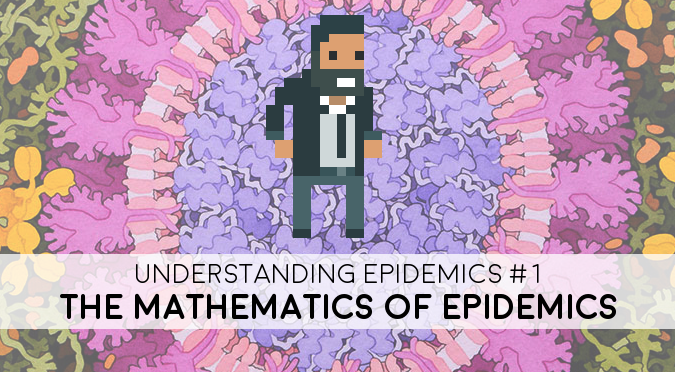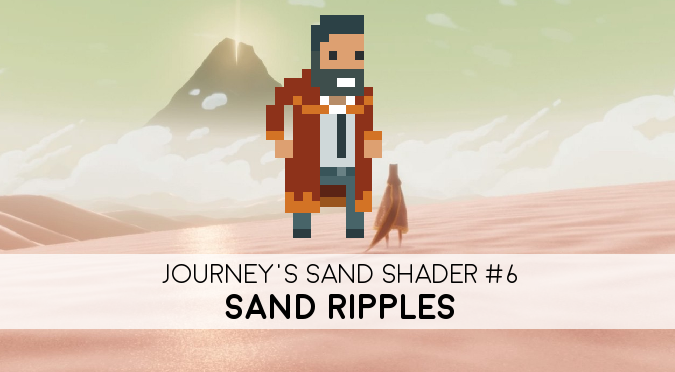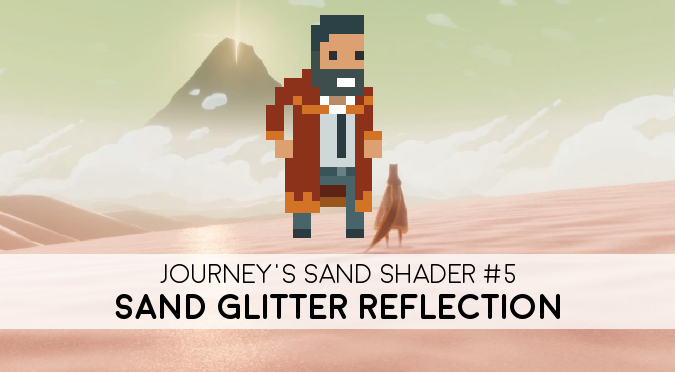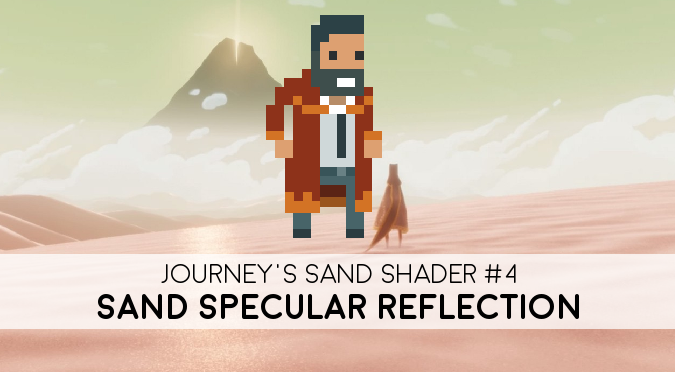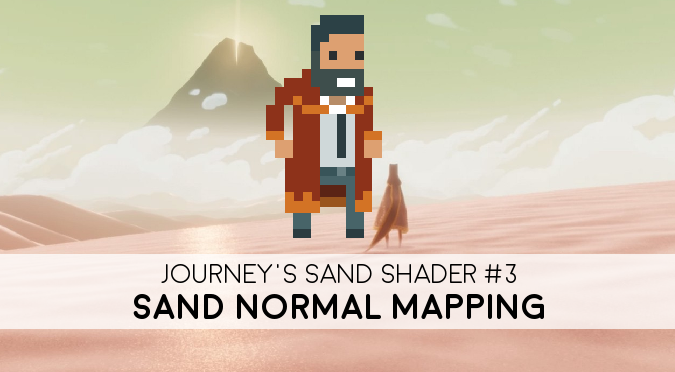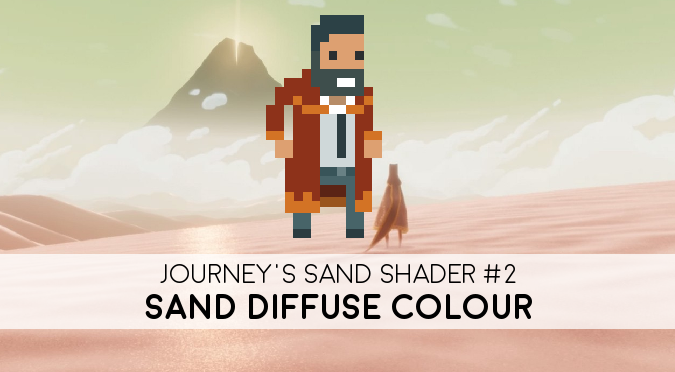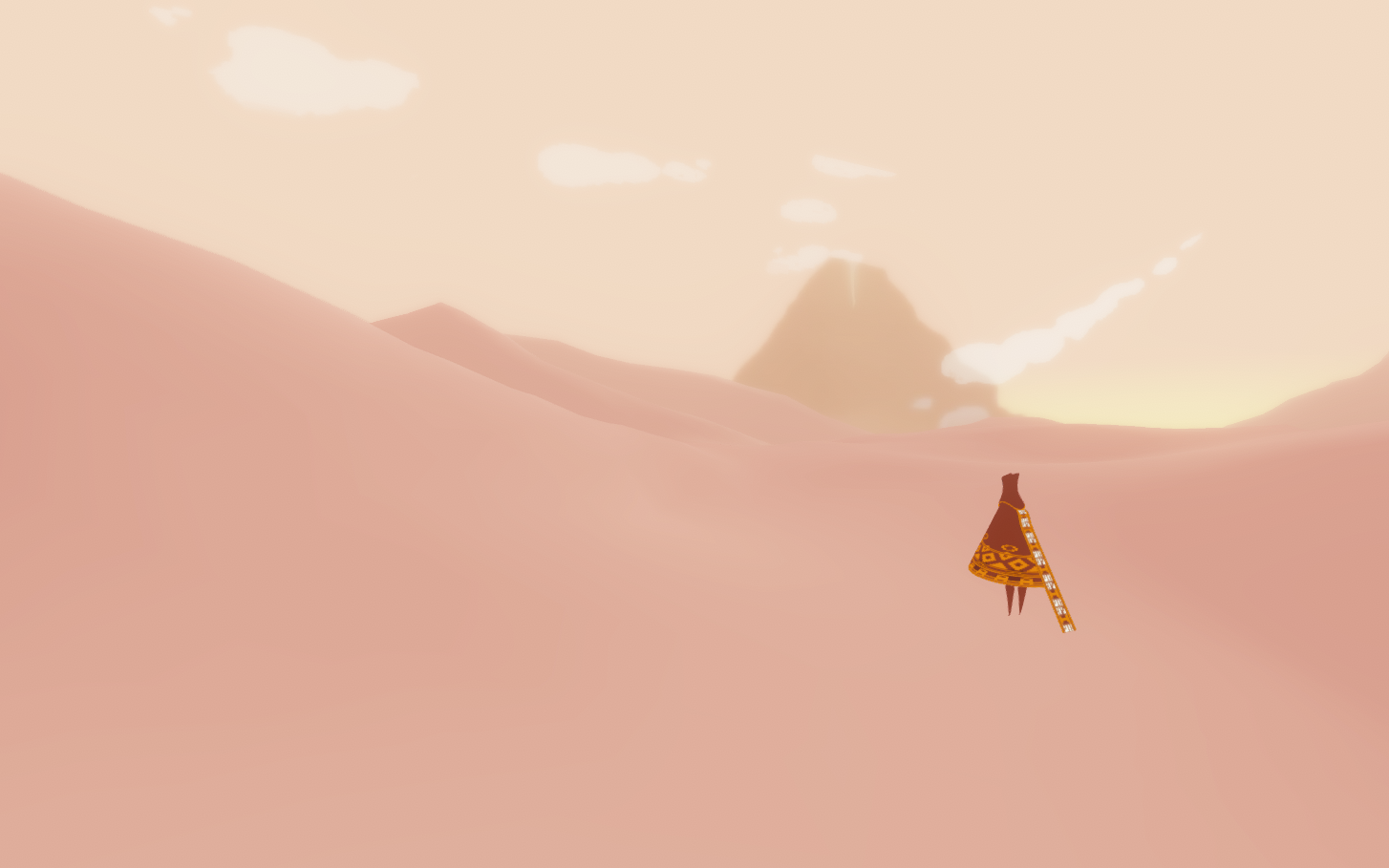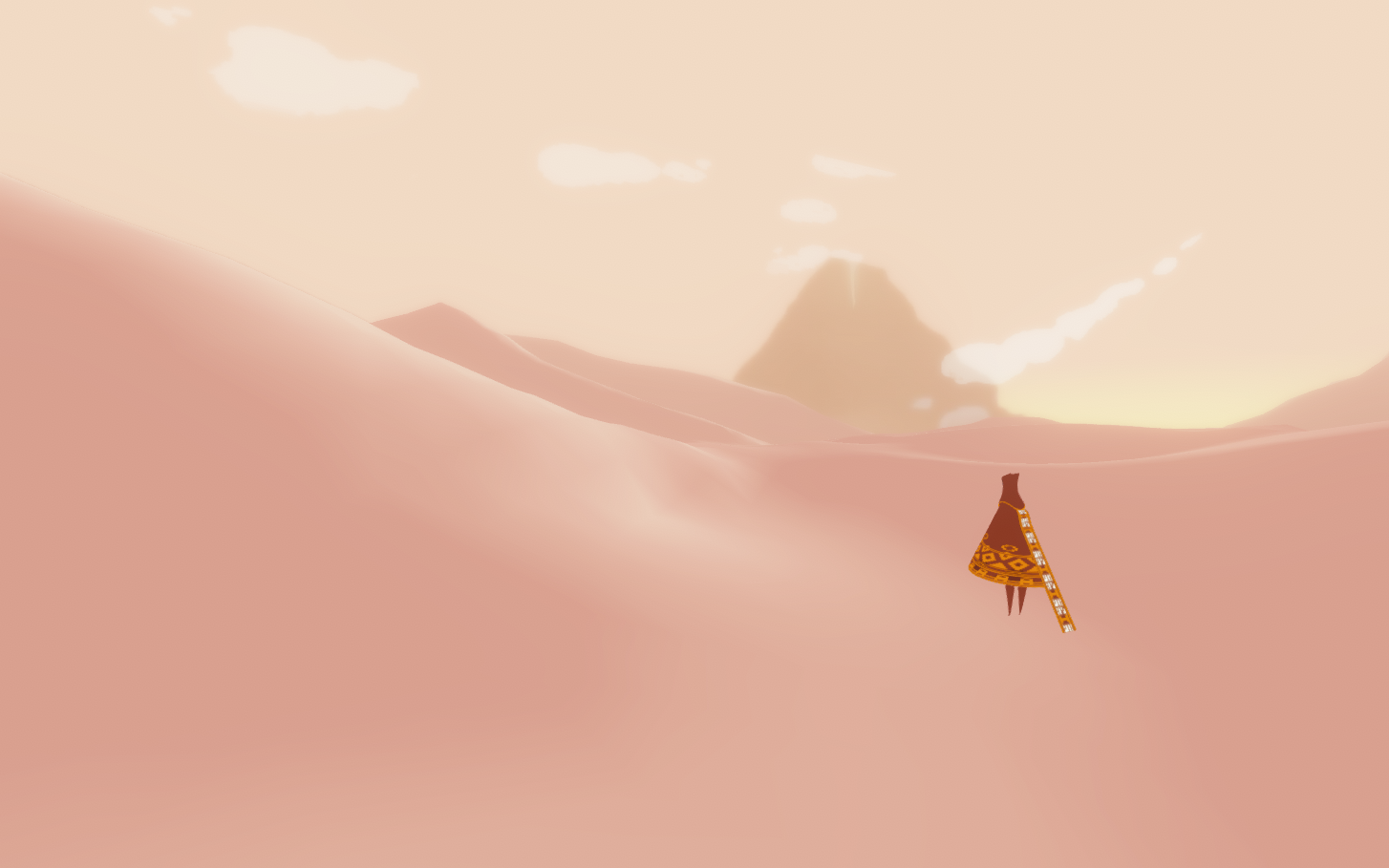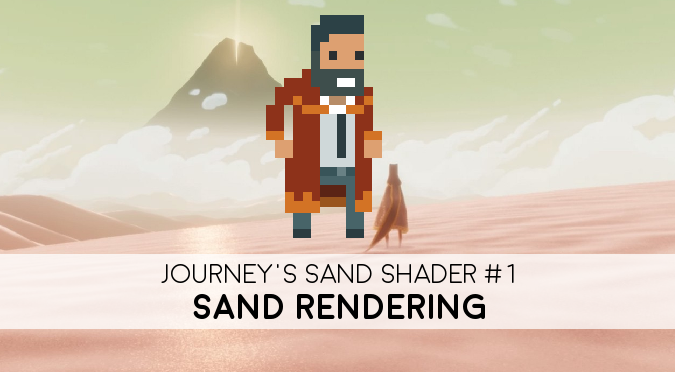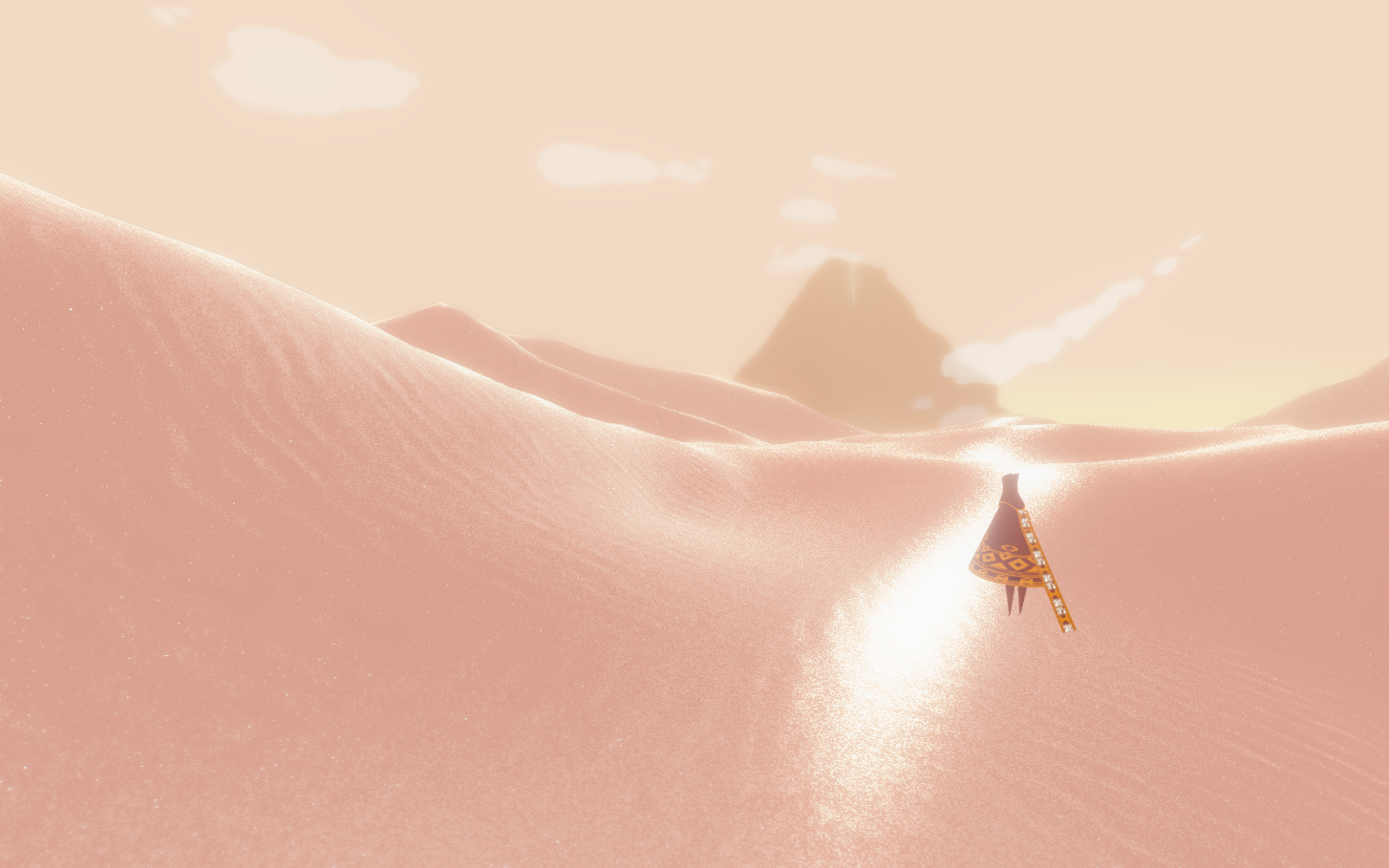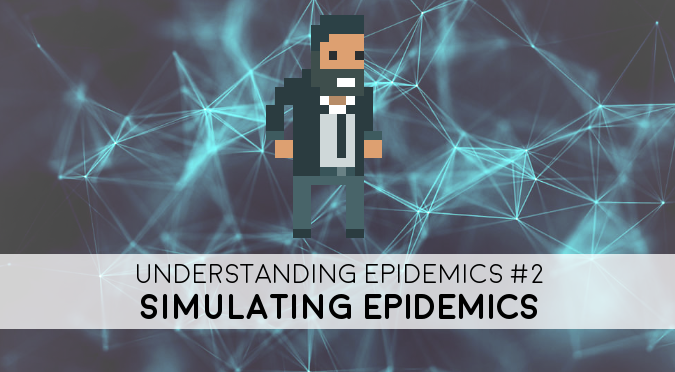
This is the second part of the online course dedicated to the modelling and simulating of epidemics. If you are interested in understanding how Mathematicians, Programmers and Data Scientists are studying and fighting the spread of diseases, this series of posts is what you are looking for.
In the second part, we will focus on ways to simulate epidemics. While the code here presented is in C# and runs in Unity, the knowledge can be applied to virtually any other language or engine.
You can read the rest of this online course here:
- Part 1. The Mathematics of Epidemics
- Part 2. Simulating Epidemics
- Part 3. From an Outbreak to an Epidemic
This online course is inspired by the recent COVID-19 pandemic. Now more than ever we need skilled and passionate people to focus on the complex subject of Epidemiology. I hope these articles will help some of you to get started.
 All the revenue made from this article through Patreon will be donated to the National Emergencies Trust (NET) to help those most affected by the recent coronavirus outbreak. If you have recently become a patron for this reason, get in touch and I will add your contribution.
All the revenue made from this article through Patreon will be donated to the National Emergencies Trust (NET) to help those most affected by the recent coronavirus outbreak. If you have recently become a patron for this reason, get in touch and I will add your contribution.
And if you are interested in learning more about the virus responsible for the COVID-19 epidemics, SARS-CoV-2, have a look at the semi-serious video down below.

